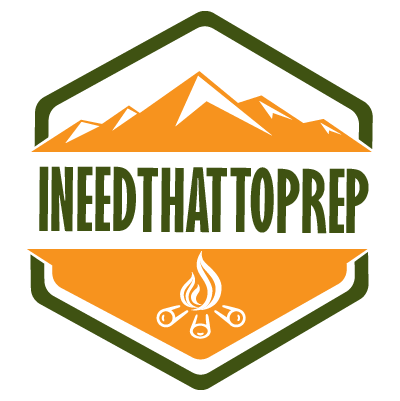Last Updated on May 16, 2023 by Lisa Vargas
Prepping is not just a fad. It is a lifestyle. Of course, there are different types of preppers with different skill levels and priorities. However, there is one common ground for all preppers.
This is the focus of being more prepared than the average person. Preparedness can mean a lot of different things. One should be prepared for a pandemic like we are currently facing.
That being said, one should also be prepared for a vehicle breakdown in the middle of winter. Both are life-threatening scenarios, so both require focus.
My stance has always been that the most important aspects of being prepared are knowledge and skill. Often new preppers want to run out and buy a bunch of supplies and gear immediately.

While prepping supplies and gear are important, they mean nothing if you do not know how to use them. Always put your primary focus on learning and practicing the skills that could save your life with or without supplies.
You can learn a huge amount by reading on free websites or in library books and watching online videos. Then gradually build up your supplies as you need them for your learning process.
As stated in the title, my intention is to give you a comprehensive supply list that will cover many different types of preppers. Understand that nobody expects you to go out and buy all of these supplies immediately.
This list can be overwhelming, especially for those of you that are new to prepping. Just remember that every prepper including myself started out with one item off of this list.
Then we just built up our supplies from there. It can be a daunting task but take your time. Every item that you add to your supplies will make you more prepared than you were previously.
The gear that I suggest will cover the four pillars of survival. These are food, water, fire, and shelter. You can only survive three weeks without food, three days without water, and three hours without warmth from food or shelter.
In addition, we will cover secondary priorities like self-defense, navigation, first aid, and signaling for help. The supplies we recommend will help you survive if you are bugging in at your home, bugging out on the move, or trying to get home after a disaster.
Please do not stop after you purchase the supplies. You need to use them on a regular basis. This will help you become that much more prepared when the time comes that you are forced to use them.
Remember that knowledge does not become a skill without practice.
1. Food And Water For Survival
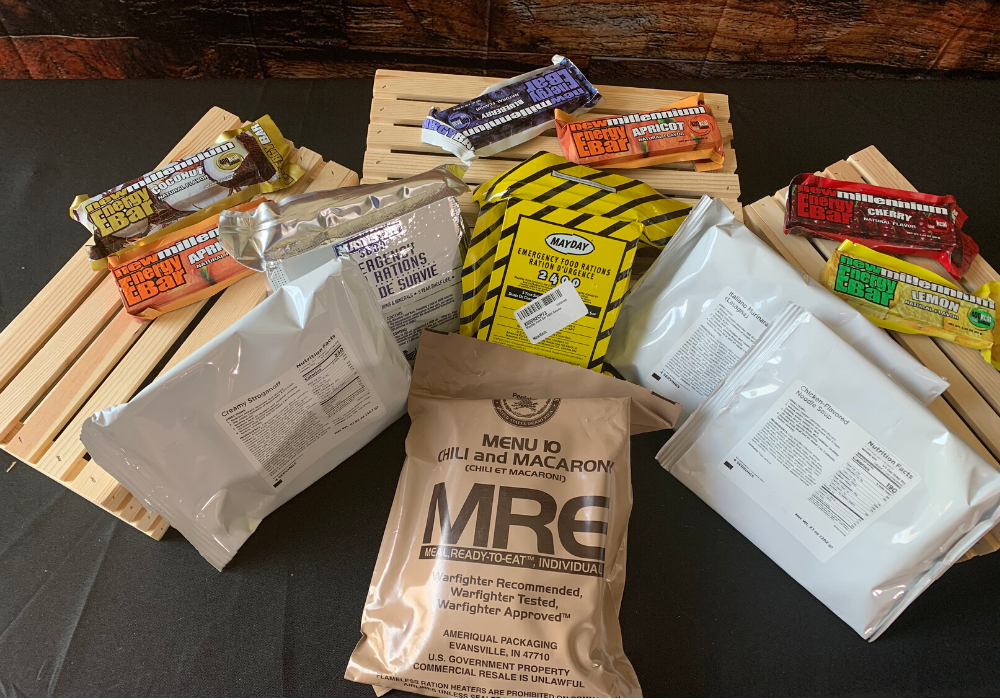
What Is The Best Survival Food?
When you look at your immediate survival needs, food and water are pretty high on the list. Water is needed within the first few days to survive, and it needs to be clean water.
Often you will find tainted water in a survival scenario that could make you sick. This can lead to vomiting and diarrhea that will make you even more dehydrated.
You need to have a few different ways to purify water if needed. You should also have water storage of some kind.
To learn more about purifying water be sure to look at the following water purification articles:
- What Is The Best Way To Purify Water: Part I
- What Is The Best Way To Purify Water: Part II
- Best Ways To Purify Water When Away From Home
- How To Build An Activated Charcoal Water Filter For Survival
For food, you need to have long term food storage containers as well as ways to obtain more food. We will cover food procurement in a later section.
Water Filters
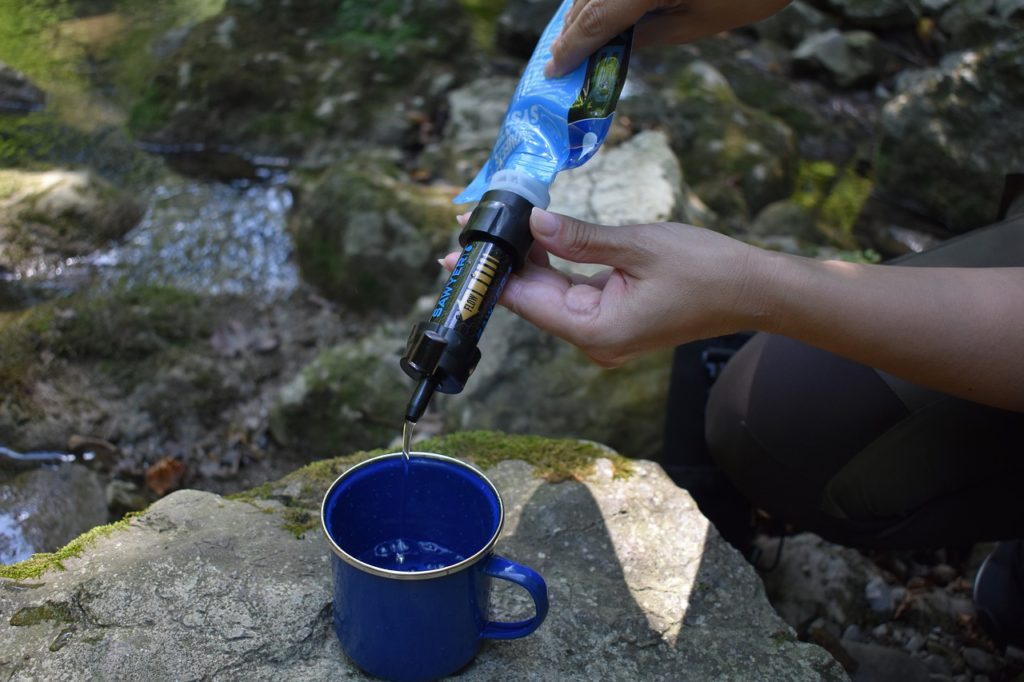
When you need to purify water in a hurry, water filters are the way to go. A good one will filter out 99.999% of harmful pathogens in the water.
These are the parasites and bacteria that can make you wish you had purified the water. Be aware that all filters will clog.
When finished with a filter, blow back through the wrong end to push water and sediment out. Then let it dry thoroughly before using it again.
Some come with replacement filters to help with this issue. There are four primary types of water filters.
Straw Filters
These pocket-sized water filters are great if you are on the move. Whether you are trying to get home, bugging out, or bugging in, you want to have a convenient water filtration device to bring with you.
LifeStraw Steel Personal Water Filter with 2 Stage Carbon Filtration
These are usually about the size of a small pocket flashlight, so they take up next to no space. You just approach your water source with the filter in your mouth and drink like you would through a straw.
The only downside is that you either need a container to hold water, or you must get down on your stomach on the ground to drink. I consider one of these to be a must for your gear.
Be aware that constant use can lead to little sores on the inside of your mouth from the suction. It is a minor inconvenience for clean water.
Filter Bottles
I personally prefer to be able to bring my water with me. This could be when I’m on the move or hanging out at home camp. Filter bottles are just water bottles with a filter built into the lid.
These are just as effective as straw filters, but you can always have water with you. They are a bit bulkier than a straw filter. However, most look just like a nice gym style water bottle so they do not stick out in public.
LifeStraw Go Water Filter Bottles
Filter bottles are great for EDC (Every Day Carry) kits because you can use them at work, the gym, or out shopping and nobody knows the difference.
I have three of these just for myself so I have one at home, one in my EDC kit, and one in my get home bag in my car.
Pump Filters
These filters are basically just a straw style filter with tubes and a pump attached.
Katadyn Hiker Pro Transparent Water Filter, Lightweight, Compact Design for Personal or Small Group Camping, Backpacking or Emergency Preparedness
The primary benefits are that you don’t have to get down on your belly to drink, and that you do not have to suck through a straw. This means no mouth sores. Personally, I prefer the compact straw filter.
Gravity Water Filters
These are large water bladders that use gravity to force water through a filter and out a tube. Gravity filters are great when you have a big group of people or you plan to stay in one place for several days.
With a gravity water filter, you can make one trip to your water source and collect several gallons of water. Then just hang the bag.
LifeStraw Flex Advanced Water Filter with Gravity Bag – Removes Lead, Bacteria, Parasites and Chemicals
Typically there is a knob you turn to release the water just like a faucet. The filter used is similar to those in the other types of filters.
Chemical Water Purification
You can use certain chemicals to purify water for short periods of time. Keep in mind that these chemicals will build up in your system if consumed for weeks on end, so it must be a short term solution.
The two primary options are bleach and iodine. Just a few drops in a gallon of water can eliminate harmful pathogens. However, I prefer to keep iodine tablets. Just a small vial has 50 tablets.
Potable Aqua Water Purification Tablets With PA Plus – Two 50 count Bottles
Drop two into a standard water bottle and wait 25 minutes. You are good to go. Keep in mind that this does not remove sediment, so it may have a funky taste.
Water Collection and storage
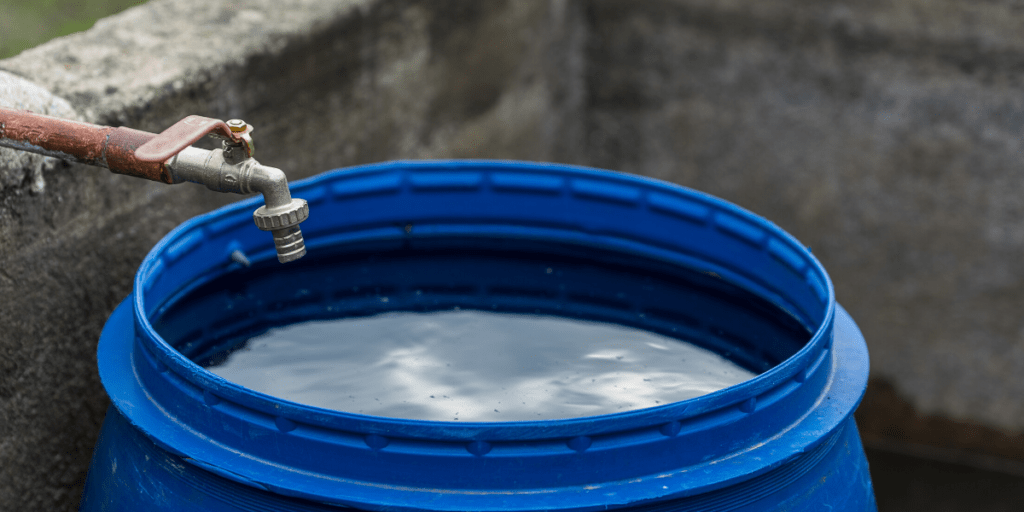
For many people, buying water in bulk is the best way to store water. You can also collect your own. There are kits you can buy for rainwater collection, or you can build your own system.
Just be careful about the type of container you use to store the water. Not all containers are safe for long term storage. You can also buy an emergency kit to convert a bathtub into water storage.
Food Storage
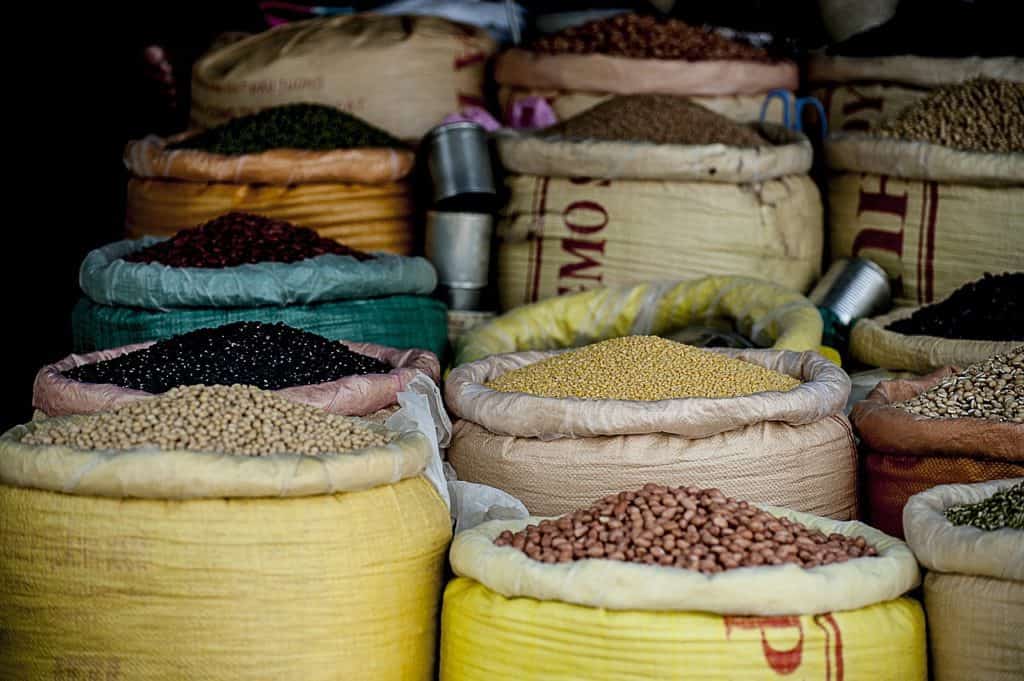
Having a supply of preserved food for survival situations is always a good idea. Whether you are locked down at your house our heading out on the road, you want to have food that is nutritious, ready to eat quickly, light, compact, and preserved for the long run.
I know preppers that store food to last two weeks, and preppers that have food to last two years. This portion of your supplies can be expensive or inexpensive depending on what types of foods you gather.
Be sure you focus on foods that are high in carbohydrates, protein, calories, fats, and a variety of vitamins and minerals. Rarely will you get all of this in one food, so you will need some diversity.
Articles that may be of interest to you:
Be sure to check the expiration dates on all of these foods along with storage instructions. This could change which foods you want to buy.
Also, try to rotate foods so the oldest supplies get used right before the expiration date.
MRE’s
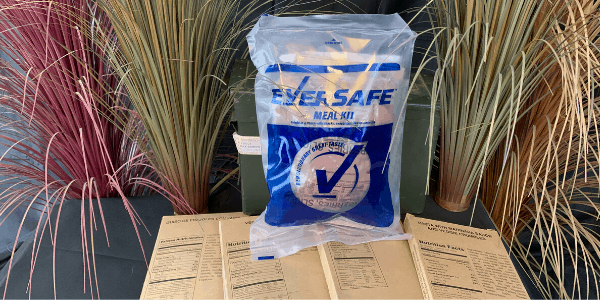
These are meals ready to eat. Most commonly found in the military, these packets are now becoming more popular with preppers.
You can get a variety of different foods with good nutritional value. They can be eaten right out of the pouch, or you can heat them up.
Because of the water content, they can be heavy and take up space. They can also be expensive. Taste is hit and miss.
Articles that may be of interest to you:
Dried Foods For Survival
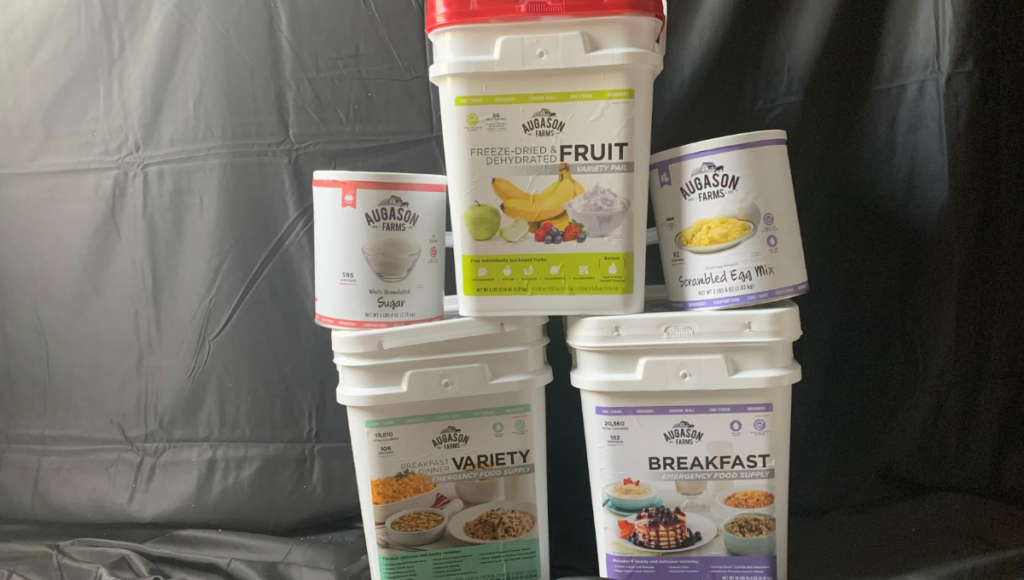
There are lots of inexpensive foods such as pasta, grains, nuts, beans, and dehydrated fruits and vegetables that can be gathered in bulk. They can last for months or years when stored properly.
You can also buy or make meat or fish jerky to add some protein to your supplies.
Some of these foods are not ready to eat and must be cooked first. You can also buy freeze-dried foods that last even longer.
Canned Foods For Survival
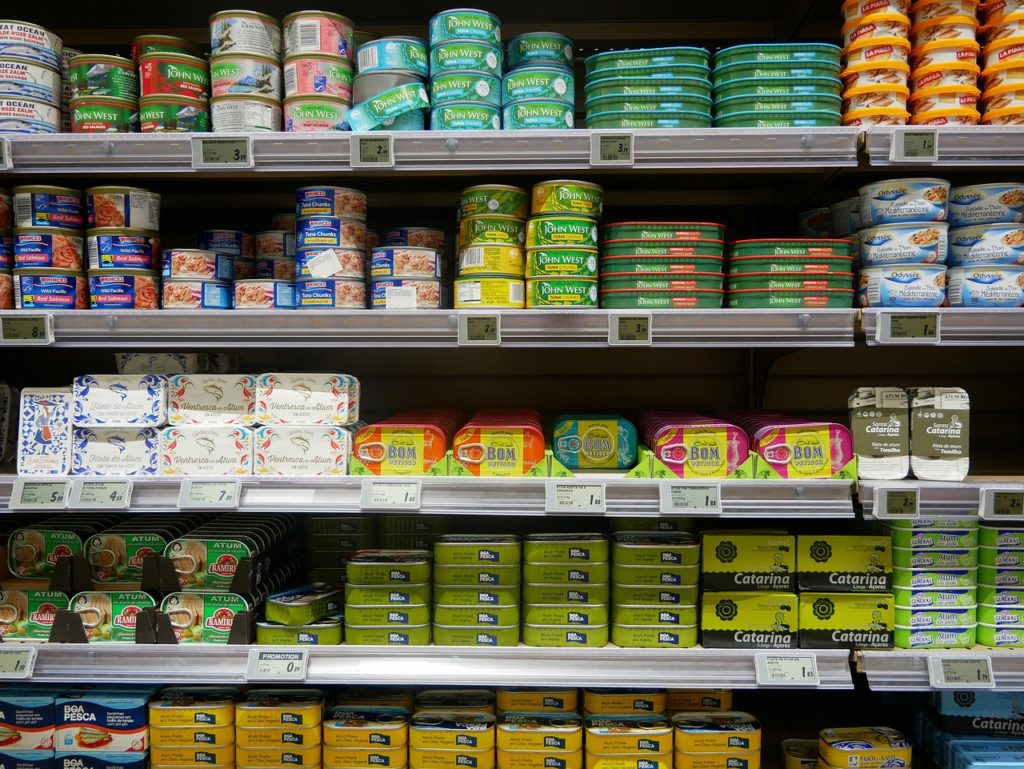
This is just another way to add variety to your survival diet. Canned foods have juices with them that keep them ready to eat.
You can buy fruits, vegetables, beans, meats, and fish in cans and store them for months or even years. Canned foods are the heaviest and not ideal for transport.
Food Generation
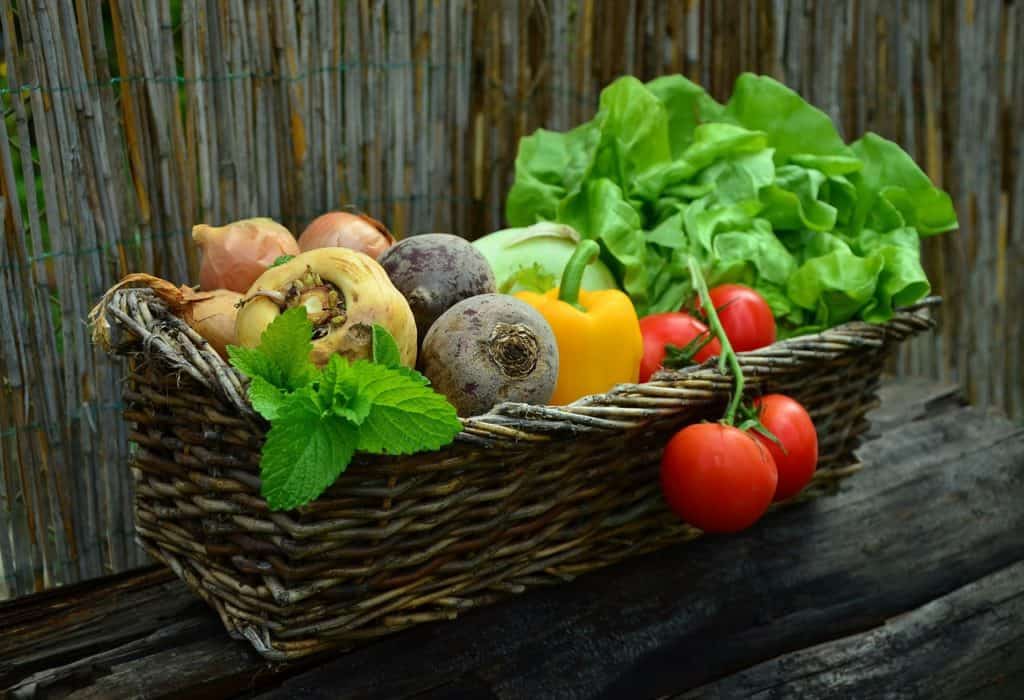
In addition to food storage and supplies for hunting, fishing, and trapping, I suggest you have at least one way to generate food on your property. This could be a big in-ground garden, a vertical garden, a hydroponics system, a chicken coop, a small catfish farm, or an indoor cricket farm.
Yes, crickets. All of these options can give you fresh food sources without going to the store. To get started you can buy seed kits for gardens.
The rest of your options should be referred to your local farm store. They can usually get you set up or refer you to someone who can.
2. Survival tools
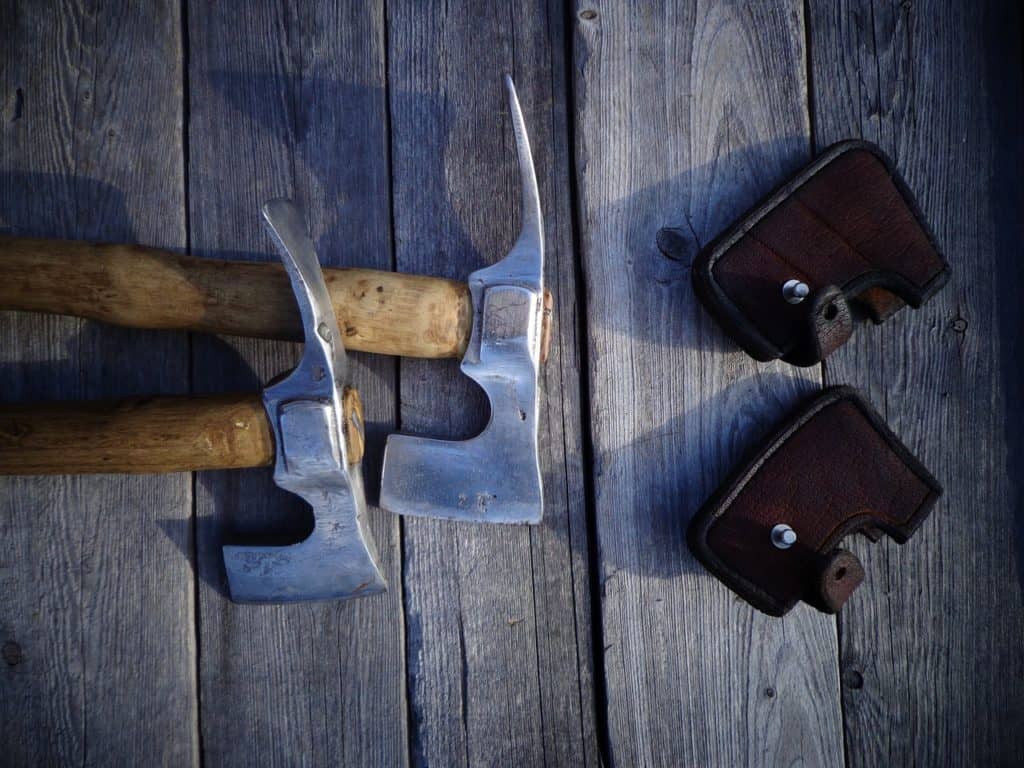
When in any SHTF scenario, tools are your best friend. That is assuming you have the right tools. They need to be reliable, versatile, and perfectly fitted to each job.
It is vital that you have tools at your home to keep your house and property ready for bugging in. You also want tools that you can keep in bug out bags, get home bags, and EDC kits. Tools can help you secure your home, plant your garden, cut firewood, and change a tire.
Take the time to build up your tool supplies buying a new one each time you need it. Try to focus on tools that are small, light, and serve multiple purposes.
This will ensure you can use each tool in as many situations as possible. Here are some basic tools you should have:
Survival Knives
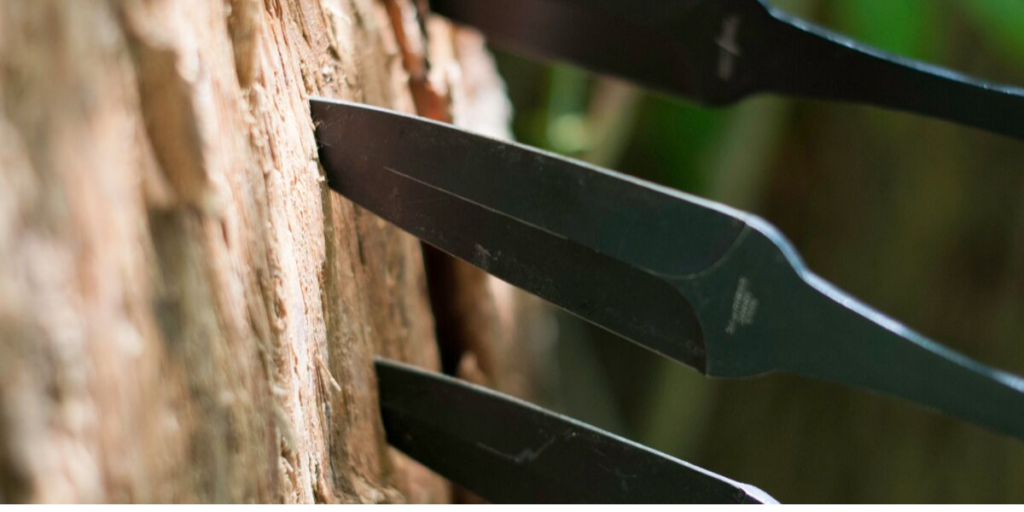
I have written dozens of articles on buying the right knives for prepping and survival. I will cover just the most important points. A knife is the most important tool you can have in a survival situation.
It is a weapon, but so much more. There are dozens of basic tasks that require a knife for cutting fabric, aluminum, wood, or cordage. Butchering and cooking require the right knives.
A knife can help you start a fire and dig a well. Most importantly, it is very difficult to create a reliable blade with natural materials.
Any time you buy a knife, pay attention to a few key factors. Check the length and thickness of the blade to see if it fits your needs. Look at the type of steel and focus on higher qualities that will stay sharp longer.
Try to stick to full tang knives whenever possible. All together I probably own at least three dozen knives. Start out with a good all-purpose camp knife with a longer thick blade for chopping.
Then get a boning knife for butchering, a filet knife for working with fish, and a folding blade knife to keep in your pocket.
If you want to get more specialized you can get hunting knives, utility knives, multi-function knives, combat knives, and a variety of different cooking knives.
Sharpening Tools
A knife is only as good as the edge you keep on it. You can get all kinds of different tools for sharpening a blade. There are wet stones, dry stones, files, steels, pocket sharpeners, and strops that you can buy.
They all get the job done, and each prepper usually has a favorite. Just try out a few and see which is most comfortable.
You can also buy grinders and belt sanders if you want to get really serious.
Survival Saws
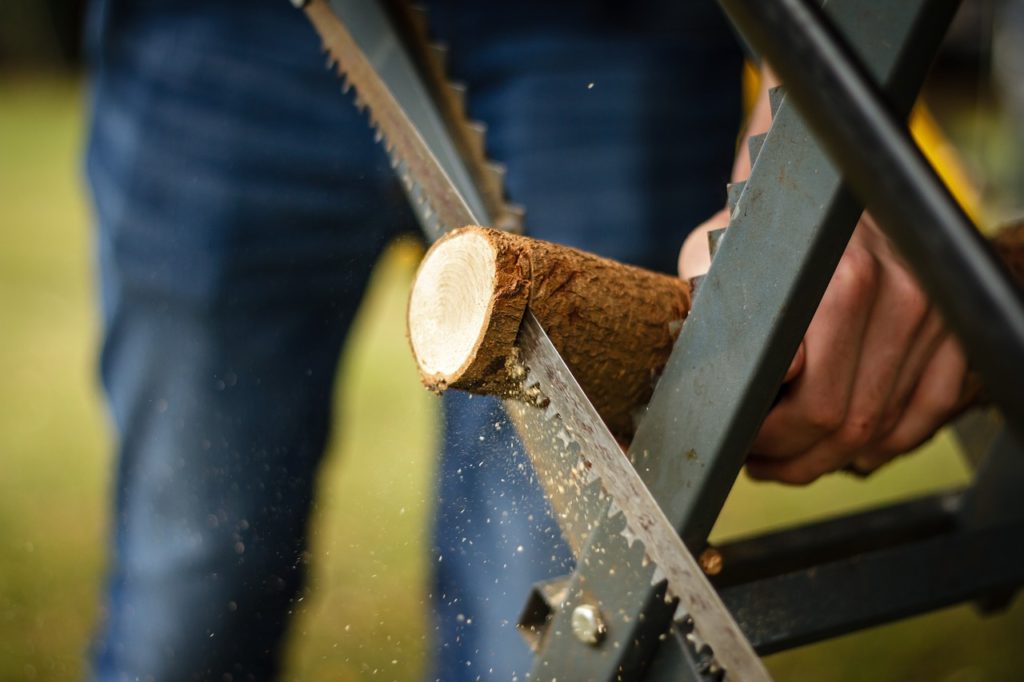
If you are going to function in a survival scenario, you need to have a way to cut wood. This is needed for building, for repairs, for firewood, and for many other tasks.
You need to have certain saws for being out in the woods and different ones around the home. Start with a good folding survival saw. These are compact and great for a bug out bag.
You can then look at collapsible frame saws, hack saws, brush saws, chain saws (gas-powered and manual), and a variety of different saws for construction projects.
Drills and screws for the homestead
You should have a variety of both manual and powered drills and screwdrivers for the field and the homestead.
Hammers, Sledges, Wedges, Axes, and Hatchets

These swinging tools are all vital for jobs at home and in the wilderness. A standard hammer is an absolute must.
For any demolition jobs or for driving stakes, a mini sledge or full sized is nice. If you plan to split firewood, you will need either a wedge axe or a sledge and a wedge.
Make sure to read our review article titled Best Bushcraft Axe.
A full-sized axe, bush axe, or hatchet can be used to cut down trees on your homestead or on the move. You can also buy a hydraulic splitter for large amounts of firewood.
Garden Tools
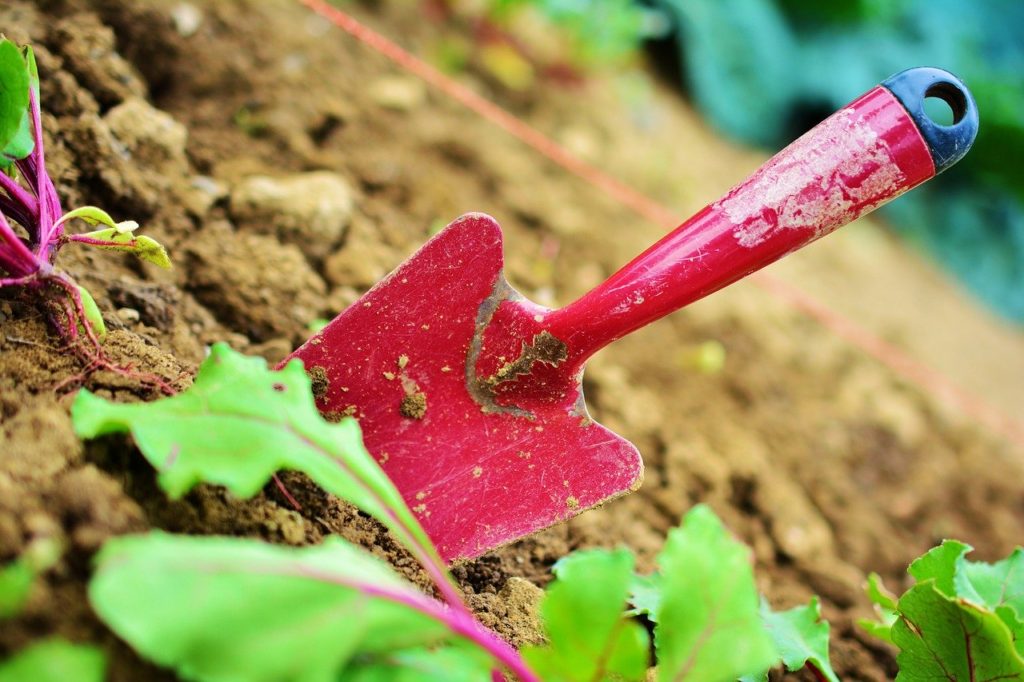
If you plan to work in the dirt at all, you will want the right tools. A basic shovel can get you started.
Then add leaf rakes, steel rakes, a hoe, a pickaxe, a pry bar, hoses, sprinklers, a post hole digger, and a variety of small hand tools. I suggest having at least one survival folding shovel for your bug out bag.
You can also get a great amount of use out of power tools like tillers, mowers, tractors, and weed eaters.
Ladders and Stools
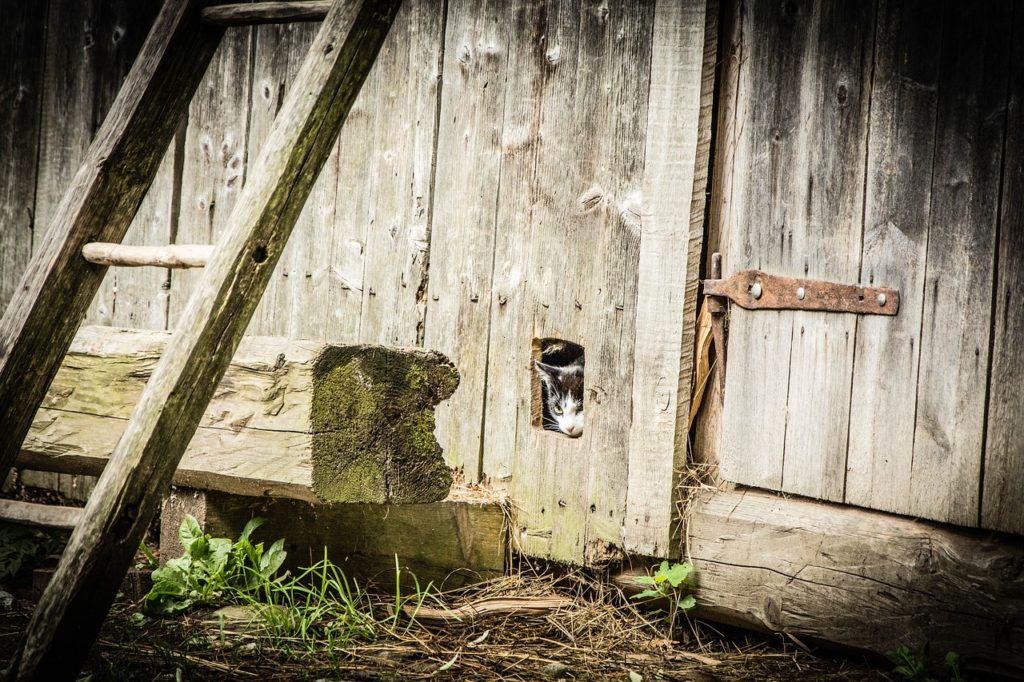
You will need to have ways to work on your roof and high up on the sides of your home. Ladders and stools can also be useful in the woods.
I suggest starting with a medium sized step ladder. Then you can add folding ladders or multi-story ladders for bigger projects.
Survival Multi-Tool
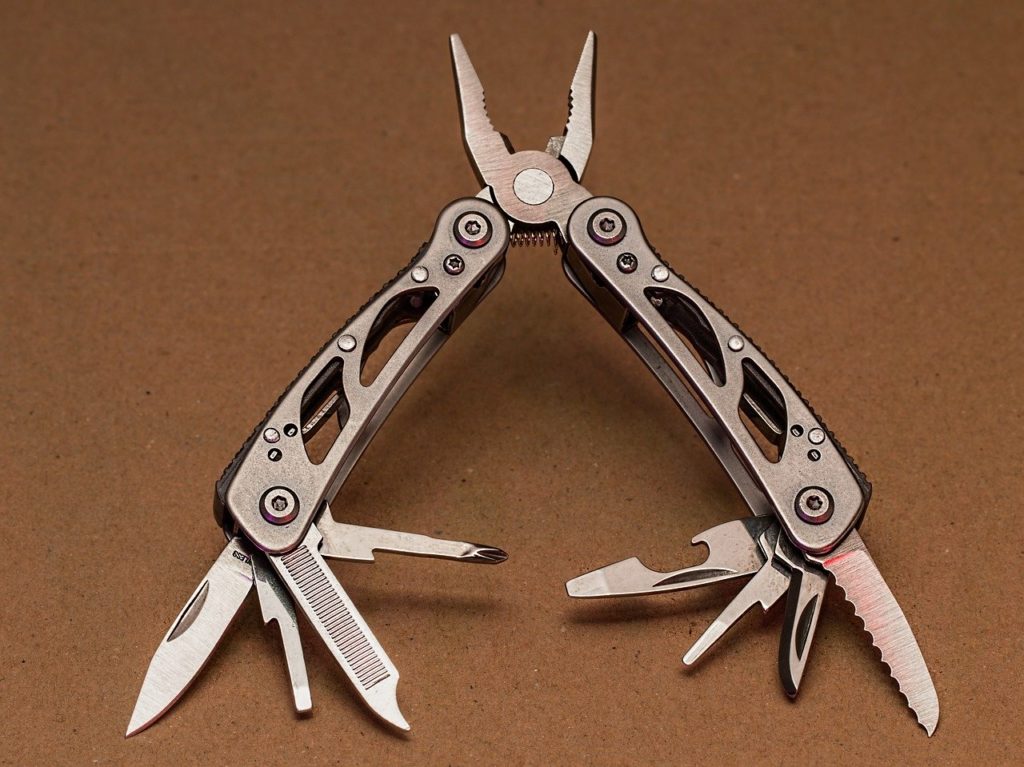
Sometimes the best tools you can find are those that serve multiple purposes. There is no better example of this than multi-tools.
You can find hundreds of different configurations and functions from the standard plier-based tool to a Swiss army knife. I like to keep one in each of my packs or kits.
Other Tools For Survival
There are tons of additional tools that you should have on hand for a variety of different tasks. Tools like a socket set, pliers, wire cutters, bolt cutters, wrenches, and hardware such as screws, nails, nuts, and bolts are a must.
From there you can get as specialized as you want. I like to keep a basic tool kit along with a hydraulic jack, spare tire, 4-way wrench, jump pack, and air pump in my car.
3. Best Survival Weapons
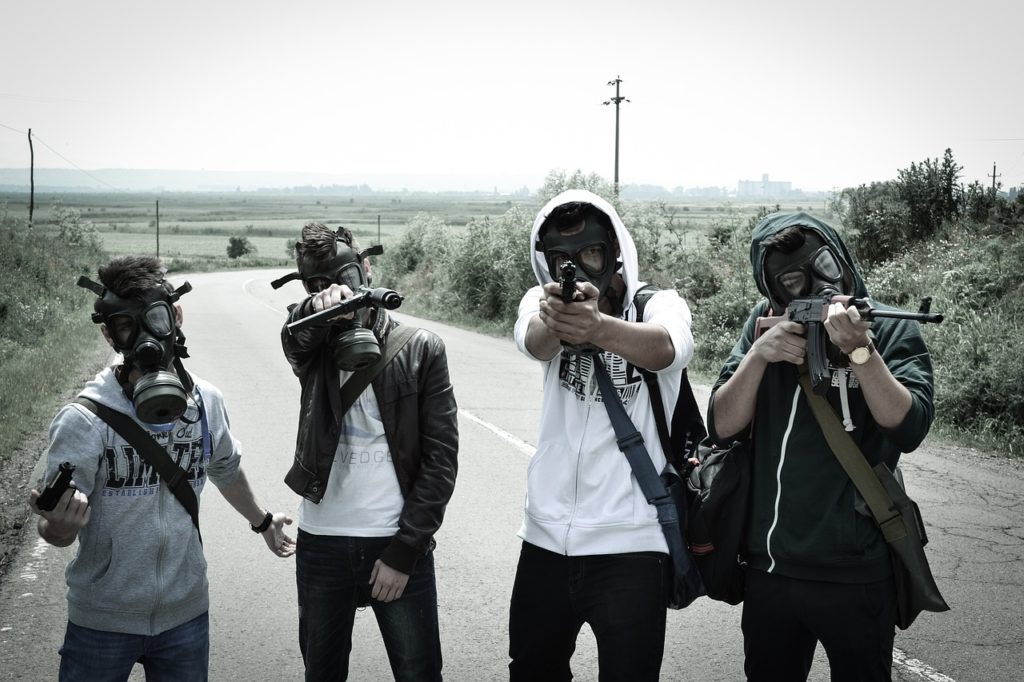
In a survival scenario, weapons are important for a variety of reasons. When you want to do any hunting, you will need some kind of weapon. If you are in an area where predators are an issue, you will need weapons to fend them off.
Unfortunately, weapons are also needed to defend against other survivors. Most of the population is not trained and prepared like us, so their most logical option is to take supplies and gear from other survivors by force.
We have already seen violence erupt in riots across the country and the world, so weapons have become more important.
Whether you are stuck on the side of the road or facing a hoard of looters, weapons can come in handy.
Please note that you should never buy a weapon for any purpose unless you intend to practice and become proficient with it. A weapon with no skill behind it is dangerous for everyone involved.
In addition to weapons, there are a variety of accessories from quivers to ammunition that need to be purchased.
This can be an expensive list of supplies, so take one step at a time and find a good value for each item. I consider knives more of a tool, so they were covered in that section.
Firearms For Survival

Let’s get the most discussed option out of the way. Some people like myself have a large gun collection, and some refuse to buy a single firearm.
That is your decision. However, specific firearms are excellent for hunting and self-defense. Here are your general options.
Survival Rifles
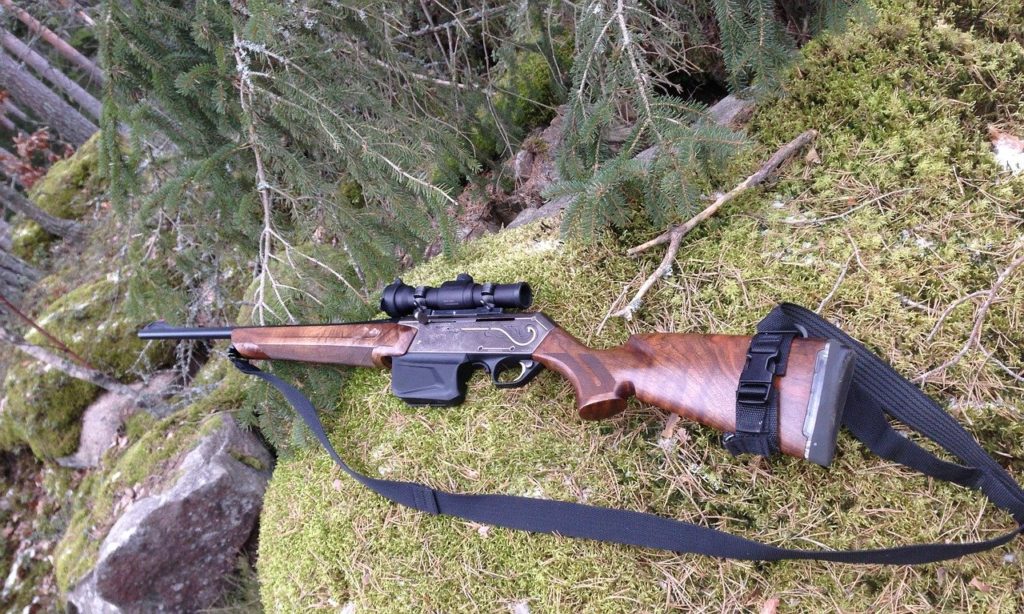
These firearms are long barreled weapons designed mostly for stationary targets. They are the most accurate firearm you can buy, so rifles are ideal for distance shots.
Small rifles like a .22 are ideal for small game like rabbits and squirrels. Larger rifles have more power and can take down anything from a small deer to an elephant depending on the caliber.
For self-defense, rifles allow you to take out a target at a long distance so there is less risk to you and your family.
Rifles typically come in bolt action (which is the most reliable), lever-action, semi-automatic, and automatic. I would suggest any prepper be comfortable with a .22 as well as a larger rifle.
Shotguns
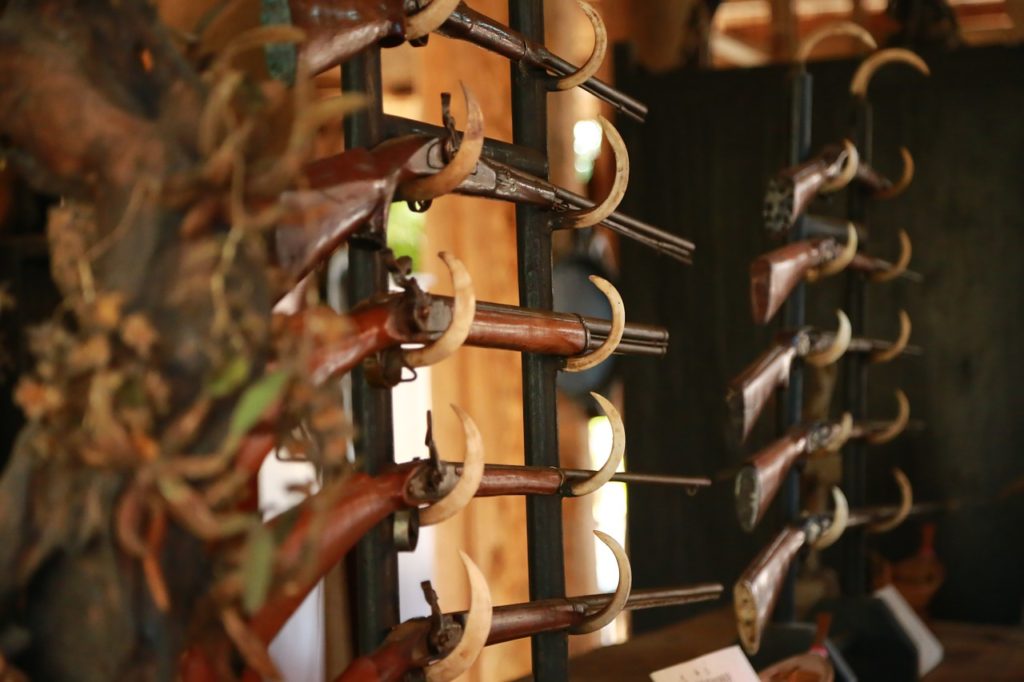
Shotguns are designed to shoot mainly shot shells filled with small round metal shot. They are ideal for moving targets like birds in flight or rabbits on the run.
Shotguns can be incredibly versatile depending on the shells you buy. You can load bird shot and take out a dove, turkey shot for more power (You can use red dot scopes on top of shotgun to increase your accuracy), buck shot with small ball bearings designed for maximum damage, and slugs for taking out large targets at up to 100 yards.
Shotguns can be good for self defense as your aim does not have to be perfect. Just be sure your target is close enough. You can buy tactical shotguns specifically for this purpose.
Shotguns come in single shot, double barrel, pump, and semi-automatic actions. Because of their versatility, every prepper should be comfortable with a shotgun.
Handguns For Survival
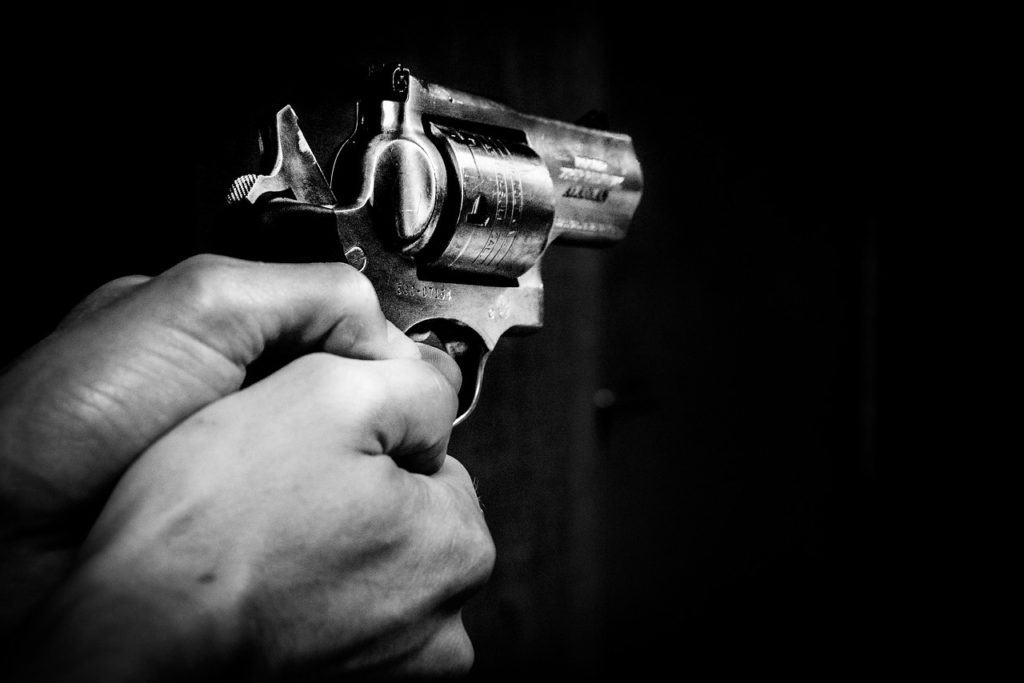
These guns are specifically designed for self-defense. Handguns are much easier to use in close quarters. They are also easier to carry than larger weapons.
These days, many preppers have concealed carry permits to carry their handgun at all times. Handguns come in revolvers, semi-automatic, and automatic. The use of a handgun is suggested but not required.
Bows and Crossbows As A Survival Weapon
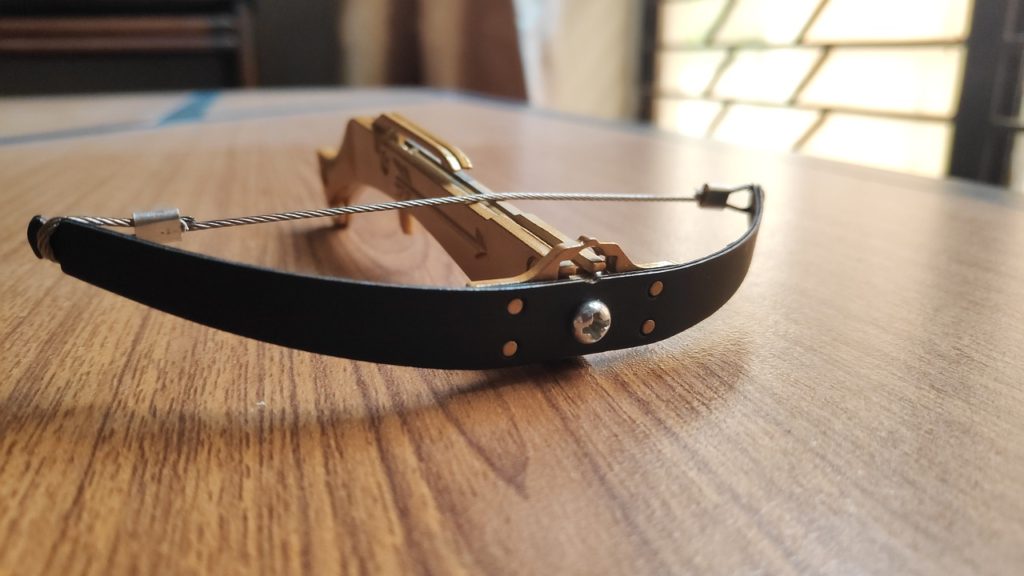
Archery is a popular method for hunting. Now that many states have allowed crossbows for archery deer season, I have seen a huge surge in crossbow use and ownership.
Recurve bows, long bows, compound bows, and crossbows are all ideal for larger targets such as deer, black bears, and turkeys. It takes a huge amount of practice, but recurve and longbows can be used to hunt small moving targets like birds in flight.
The advantage of archery is that your shot is silent and does not give away your position. The disadvantages are that archery is not as accurate and does not have the range or power of firearms. Targets should be within 40 yards for a responsible shot.
The advantages of crossbows are that they are more maneuverable, require less motion to shoot, have more power, require less strength, and are easier to aim.
Other Weapons For Survival
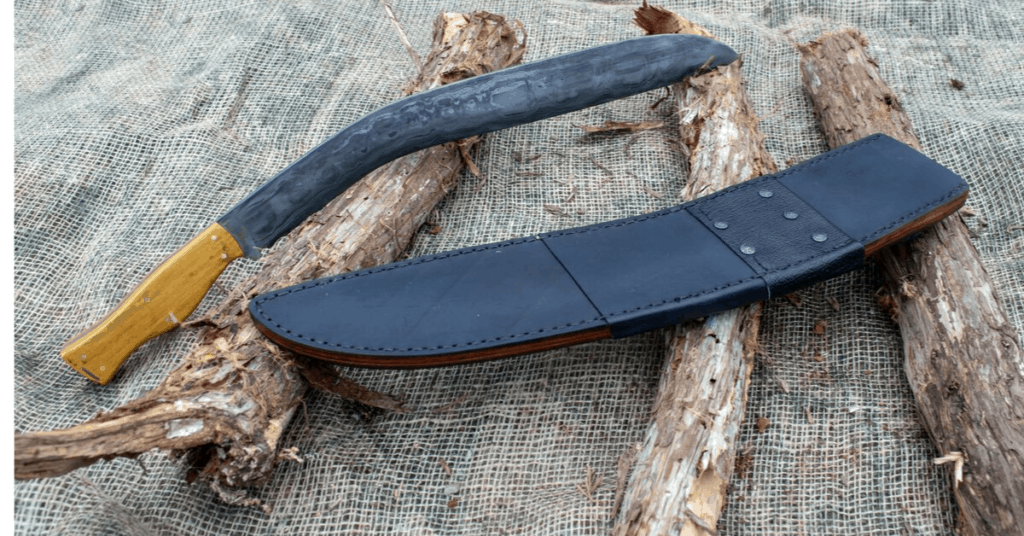
There are a variety of different weapons available designed for hand to hand or close quarters combat. Knives have already been discussed.
However, you can also use batons, tasers, stun guns, tactical pens, or pepper spray. I keep some of these items in my car and my EDC kit.
4. Survival and Prepping Gear
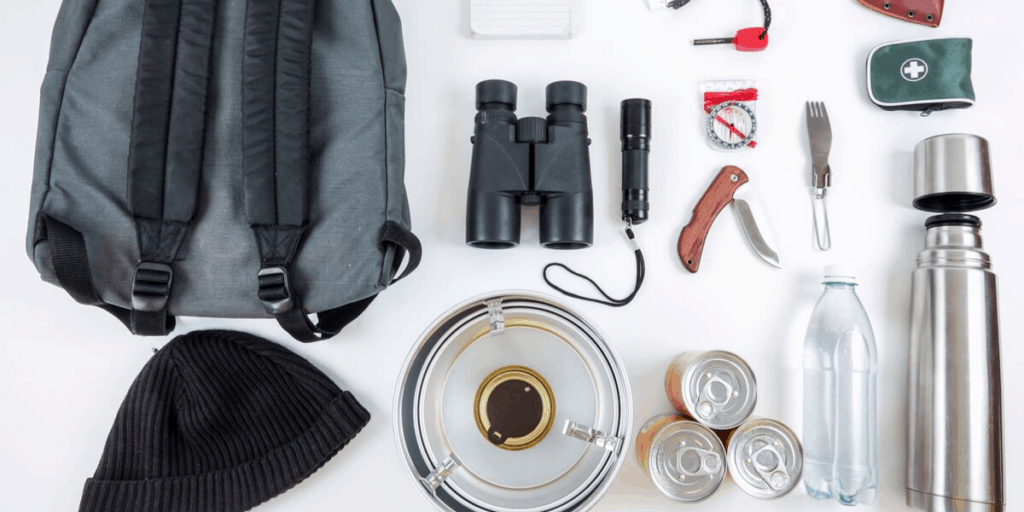
This is the fun stuff. There are thousands of amazing gadgets available for survival purposes. You can spend a lifetime collecting them.
Trust me… I am on my way. We have an entire room in our home dedicated to survival and prepping gear. However, the smart way to approach gear is to focus on your top priorities.
Buy gear that helps with food, water, fire, or shelter. Then focus on gear that helps with navigation, signaling for help, first-aid, and self-defense.
Any items that have multiple functions are even better. Here are some items to consider.
550 Paracord
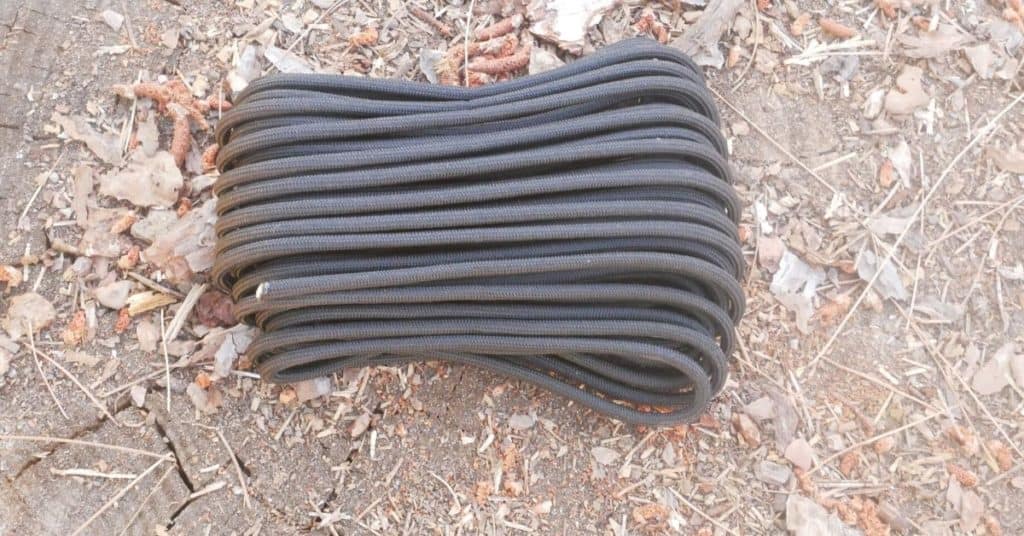
Cordage is vital for survival and prepping. It is good to have some twine or rope around as it is less expensive, but 550 paracord is the most versatile option.
It can hold up to 550 lbs of weight and is incredibly thin. Paracord can be split apart to use each of the seven interior strands for cordage. This means just 10 feet of paracord is actually 80 feet of cordage when split apart.
You can weave it into lanyards or bracelets to carry as much cordage as possible. You can also replace your boot laces with paracord for a backup. I always keep about 250 feet of paracord with my gear.
I also like to have some copper wire specifically for setting snare traps.
Metal Cooking Supplies and Stoves

It is good to have some plates and cups that are stainless steel and can be put in a fire. This can help with cooking, but most importantly it makes is easier to boil water for purification.
One of my favorite pieces of equipment is the JetBoil. You can quickly and easily boil water and use it for freeze-dried meals or making coffee.
You can also buy metal rocket stoves that just take sticks for fuel to heat water, or you can get pocket gas stoves. I have both and use them all the time.
Survival Gear Packs
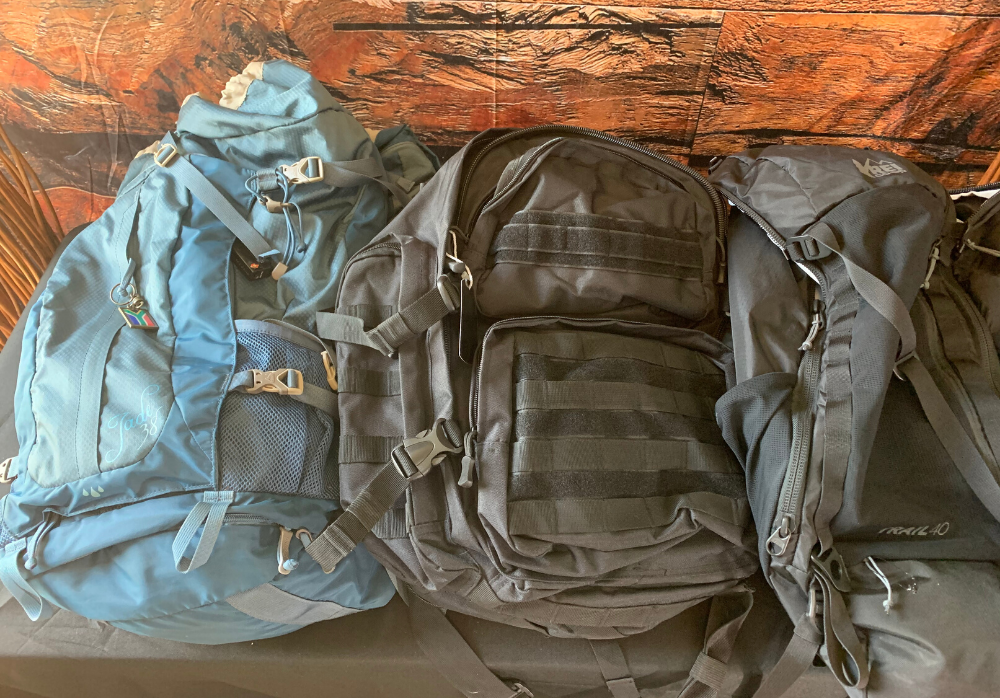
It is important that you have different packs of different sizes to organize your gear for your different kits. I have a big interior-frame pack, a medium-sized military pack.
Two normal sized backpacks, and a small one strap shoulder pack all just for myself. Each of them is used for a different purpose.
It is also good to have a camel pack with a water bladder for long hikes in the heat.
Firestarters and Supplies

You will need to have several different ways to start fires both in the field and around your home. The obvious options are lighters and matches.
Yes, it is good to have matches around but I rarely use them. Lighters are much more reliable if you get the right ones. I like to keep a Zippo style lighter because it is windproof and can be refilled with any flammable liquid.
I also like to keep a bunch of Bic lighters scattered between my packs as they are reliable and cheap. In addition, having a few good ferro rods is a must.
These fire starters are windproof, waterproof, and require no fuel to shoot sparks out at 3000F. I have more of these than I can count and at least one in every pack or kit.
Articles you may find of interest:
- Best Firestarters For Wet Weather
- How To Make Charcloth
- How To Start A Fire Without Matches
- 6 Best Firestarters For Survival Situations
I also suggest having at least one magnifying lens for starting fires on sunny days. Finally, having some fire assistance products is a good idea.
I like Wetfire cubes as they can start with just a spark even when wet, and they stay lit for several minutes.
Firestix are also waterproof and stay lit for up to 20 minutes, but they require a flame to get started. I also keep Fire Liters around for starting fires at the house, and of course lighter fluid.
Tents, Bedding, and Emergency Blankets
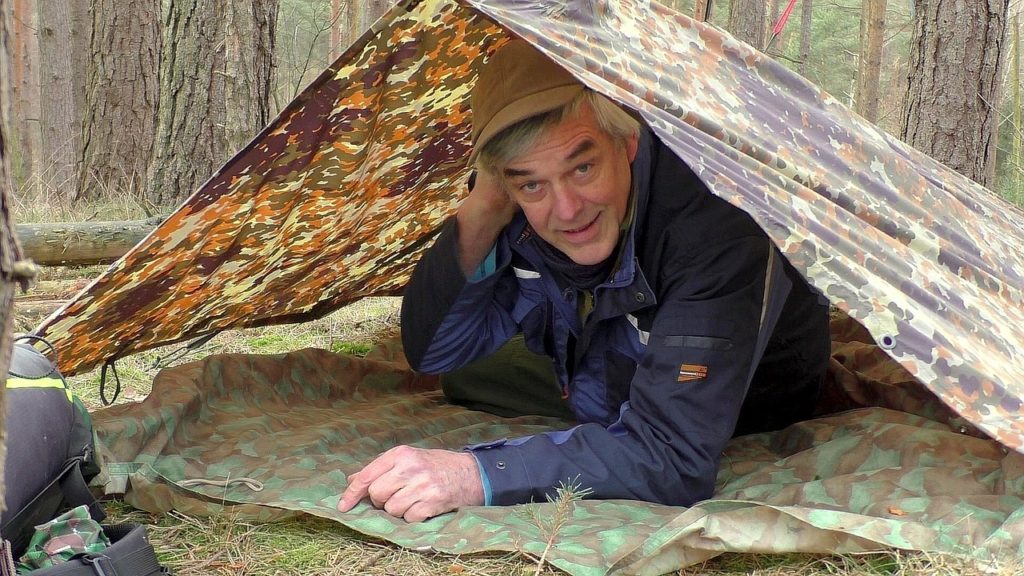
It is important that you have tents and sleeping bags for everyone in your household in case you need to bug out or go scouting overnight.
We are up to five tents of various sizes in our gear. Sleeping pads are just as important as they insulate you from the ground. Hammocks and air mattresses are helpful as well.
I like to keep a wool blanket at the house and several tarp style emergency blankets in packs and kits. I also keep camping pillows in my kits to blow up if needed.
Fire Extinguishers, Smoke Alarms, Car Multi-Tools, Fire Ladders, and Carbon Monoxide Detectors
You should have several fire extinguishers in your home and vehicles. They should vary in size based on the potential use. Pay attention to the expiration dates.
You should also have a smoke alarm and carbon monoxide detector for each level of your home. Check your batteries regularly. Other items that are smart are emergency multi-tools for cars.
These usually will cut a seatbelt and break a window if needed. You can also get emergency fire ladders for bedrooms on the second floor.
These roll up for storage until you need them.
Outdoor Survival Clothing
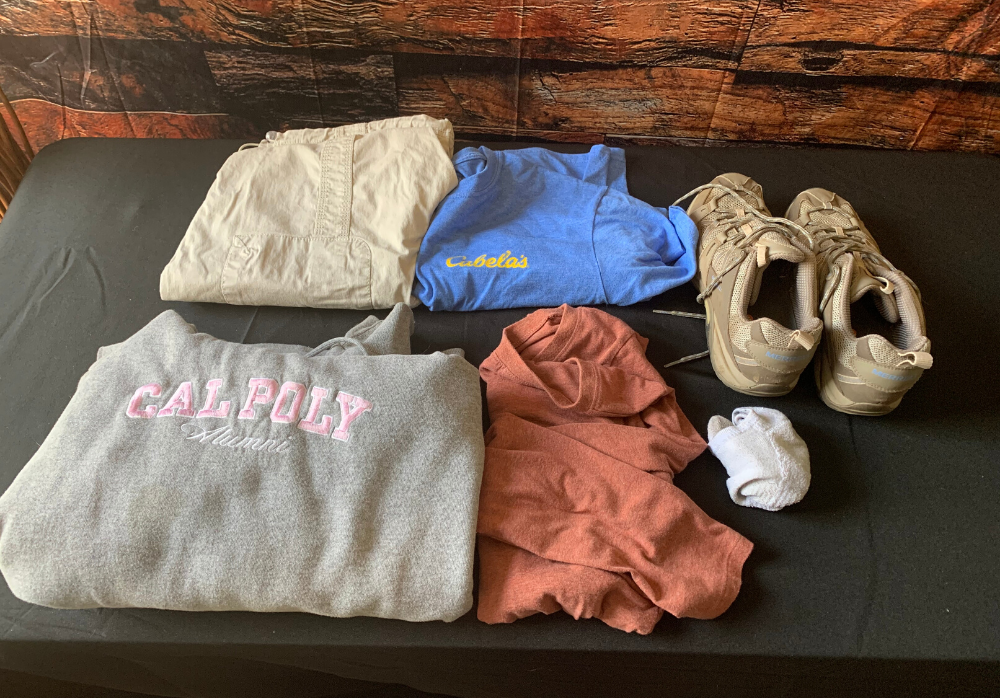
It is important that you have plenty of clothing for working in a variety of temperatures and weather conditions.
You will need to dress in loose fitting layers. Camouflage is especially important for hunting and scouting.
Some key items are a good pair of boots, a good pair of tactical or work gloves, several pairs of wool socks, quick-drying shirts, an insulated winter hat, a shemagh to cover your face, and raingear of some kind.
Lighting, Electrical, and Batteries
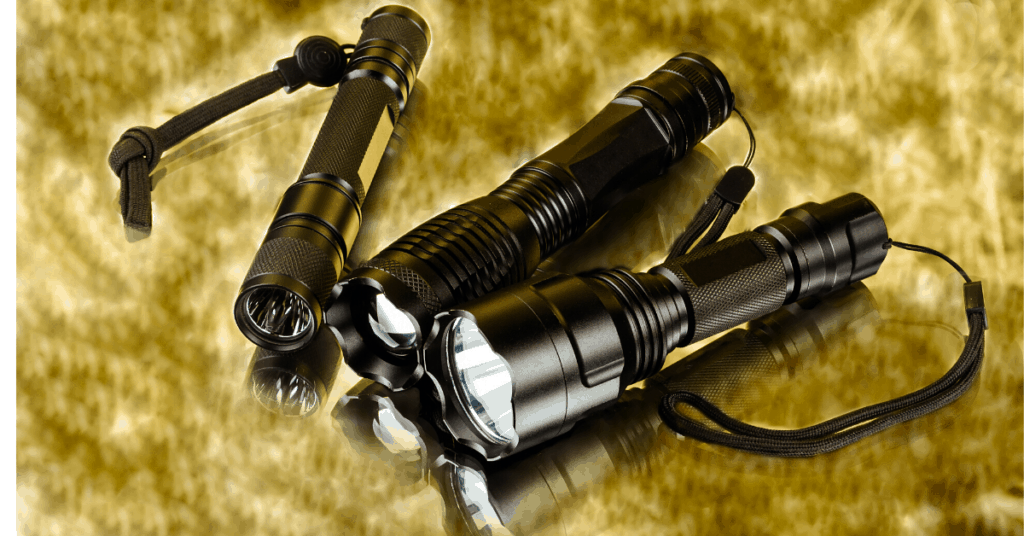
You should have several headlamps, flashlights, and lanterns in your different packs and kits. You should also have lots of backup batteries for each device.
It is nice to have some rechargeable packs to charge devices. We have five or six with some of them being solar. Finally, a generator is always helpful.
I have a gas generator just in case we lose electricity. Throw an emergency radio in there are you are set.
Articles that may be of interest to you on this subject:
5. Signaling
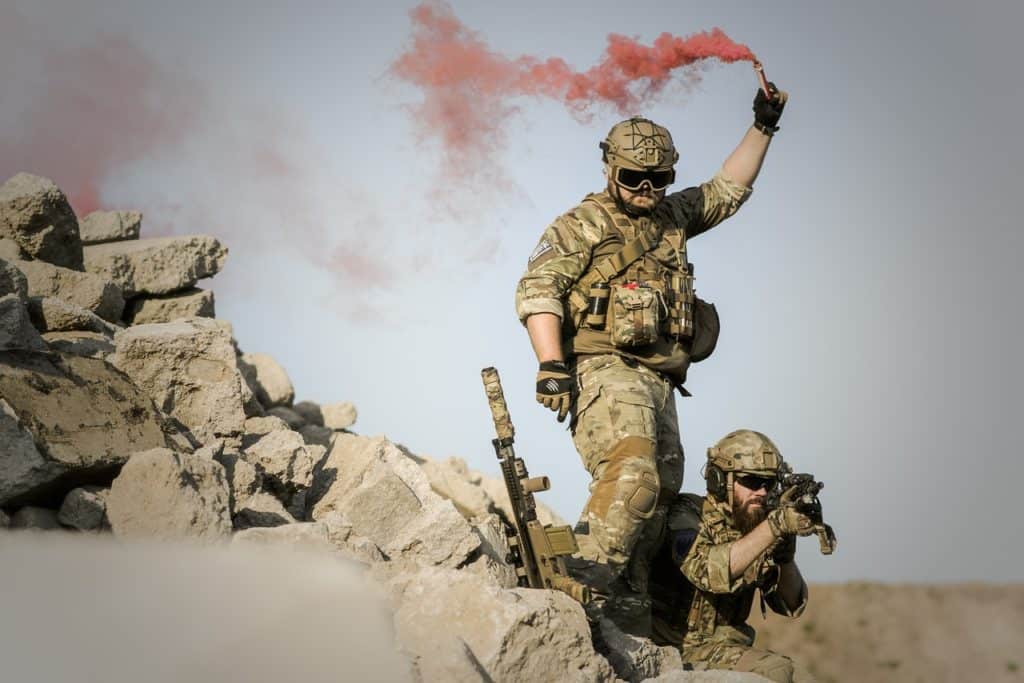
You should have ways to signal for help from your home, your pack, or your car. These can include airhorns, whistles, signal mirrors, and flares.
6. Navigation and Communication For Survival
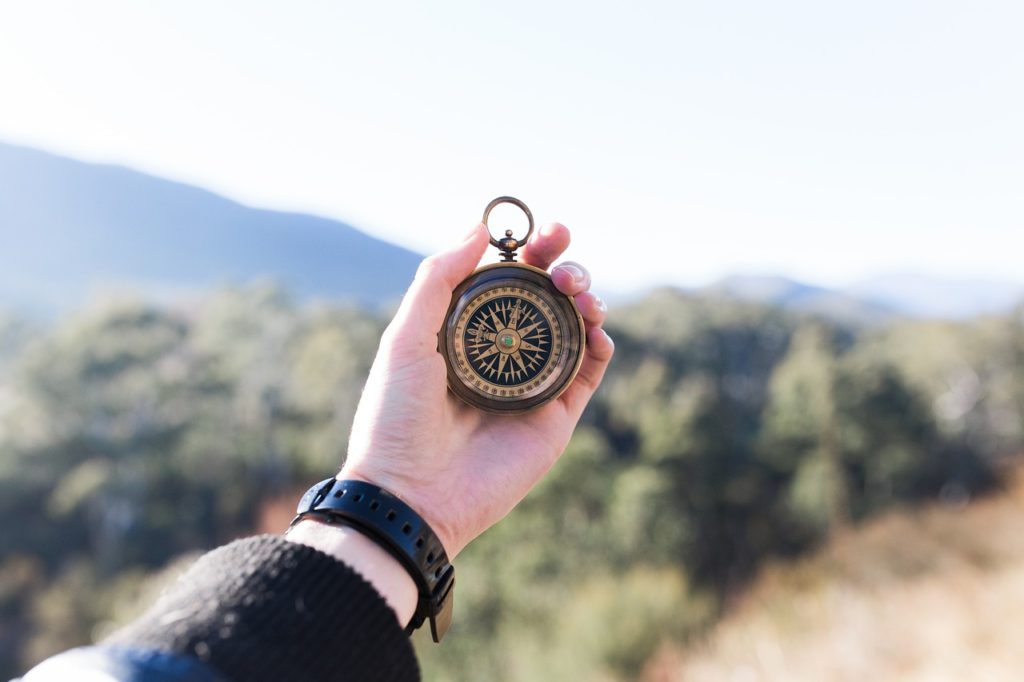
Maps and compasses are a must for the area around your home and any area in which you plan to travel. Stick to paper maps as anything digital is not as reliable.
Make sure to read our review article titled Best Compass For Survival to get more information on compasses.
You can also use GPS devices, personal location beacons, or radios to navigate and communicate. Make sure to view our article on the Best Emergency Radio On The Market to get a better idea of some of your options.
7. Fishing and trapping For Survival
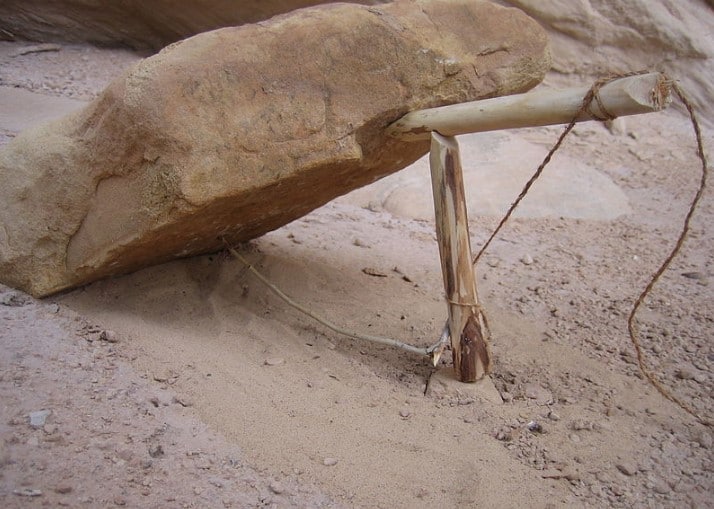
You already have weapons for hunting, and cordage for trapping. Some sort of fishing gear is suggested, even if it is just a pocket fishing kit. I have one of these, but I also have two fold-up fishing rods that are excellent.
Then we have lots of full-sized gear. You can also buy fish traps or cage traps for small game if you want to get more serious.
Make sure to read my article titled Small Game Trapping: How To Stay Alive In The Woods for more information.
8. Emergency First Aid For Survival
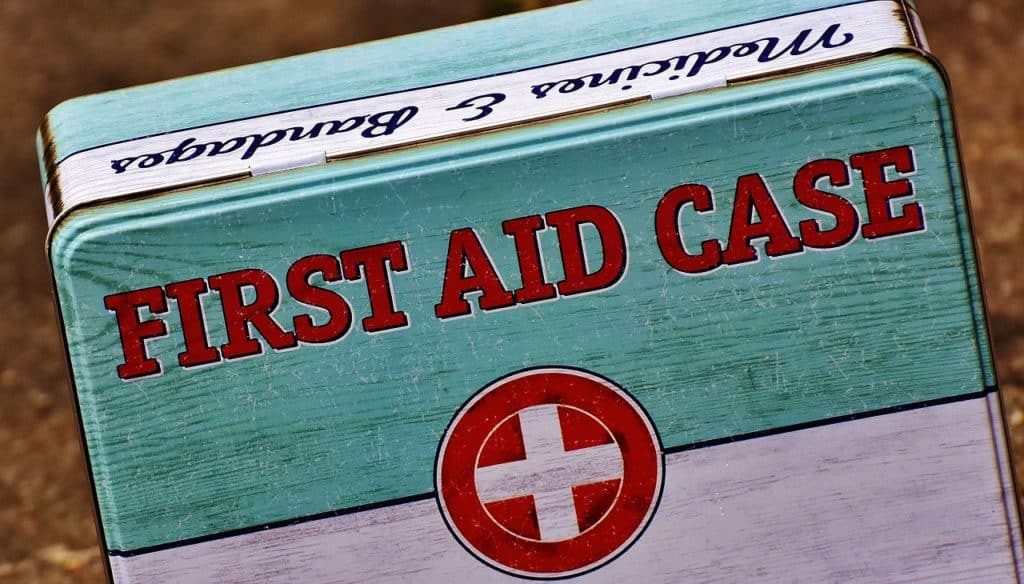
When it comes to emergency first aid, training and practice are the most important aspects. However, you need to have some supplies. Make sure you take some time to read the previews reviews such as Top 10 Survival First Aid Kits,
You should pack a first aid kit for your home, each vehicle, and most of your kits and packs. Each should be different based on the needs for that pack.
In addition, you can buy specialty emergency items such as Quick Klot for bullet wounds or a medical staple gun for deep cuts. Be sure to include prescription medication in your kits.
You can also choose to make your own survival first aid kit.
Final Thoughts
As long as this list is, it is still just a start. This is probably less than half of the total supplies that we own. You can take it as far as you want. As stated before, just start with one item and work up from there.
Be sure to test out gear and supplies periodically to make sure you know how to use them. In addition, rotate supplies that have expiration dates so that nothing is expired when you need it.
